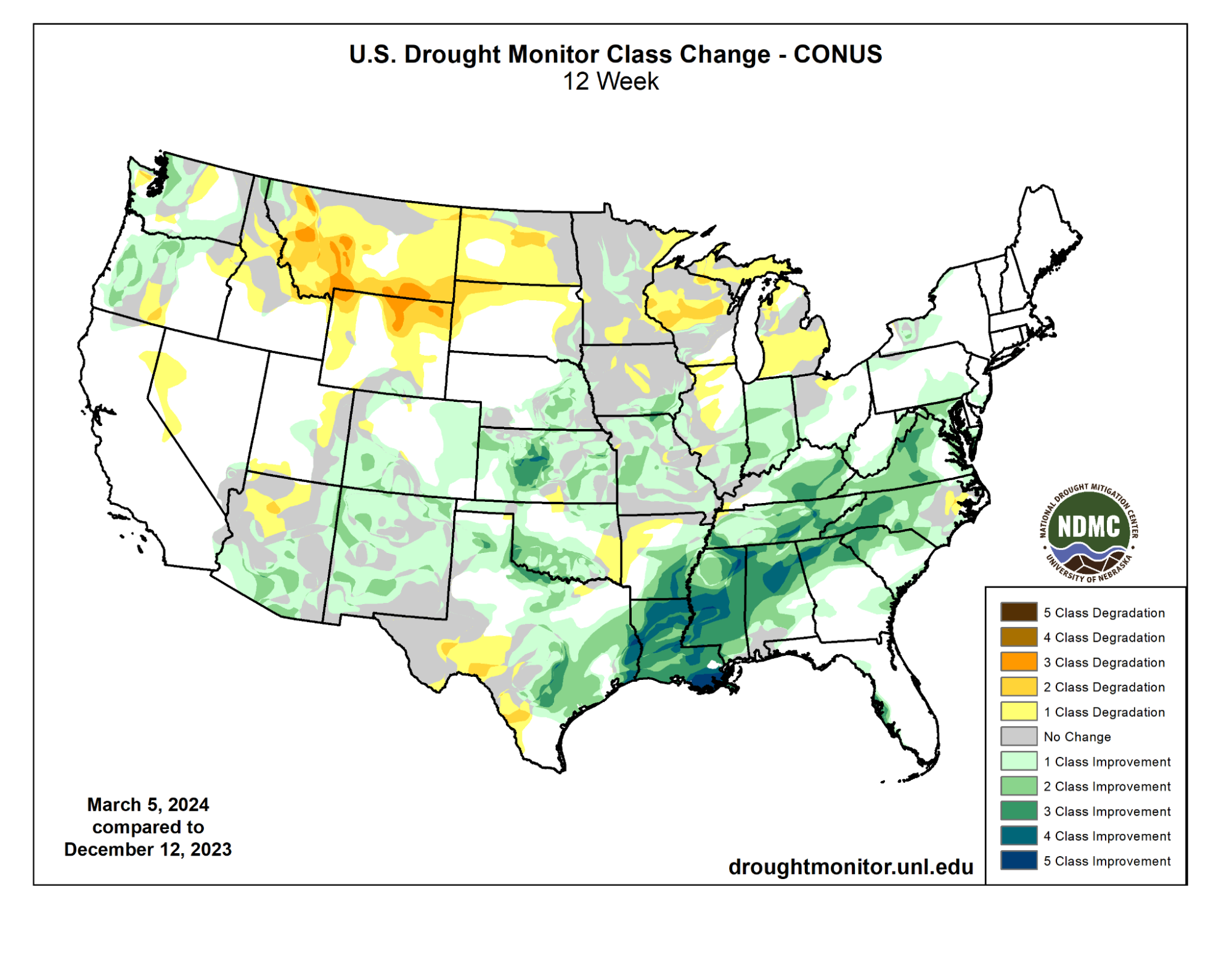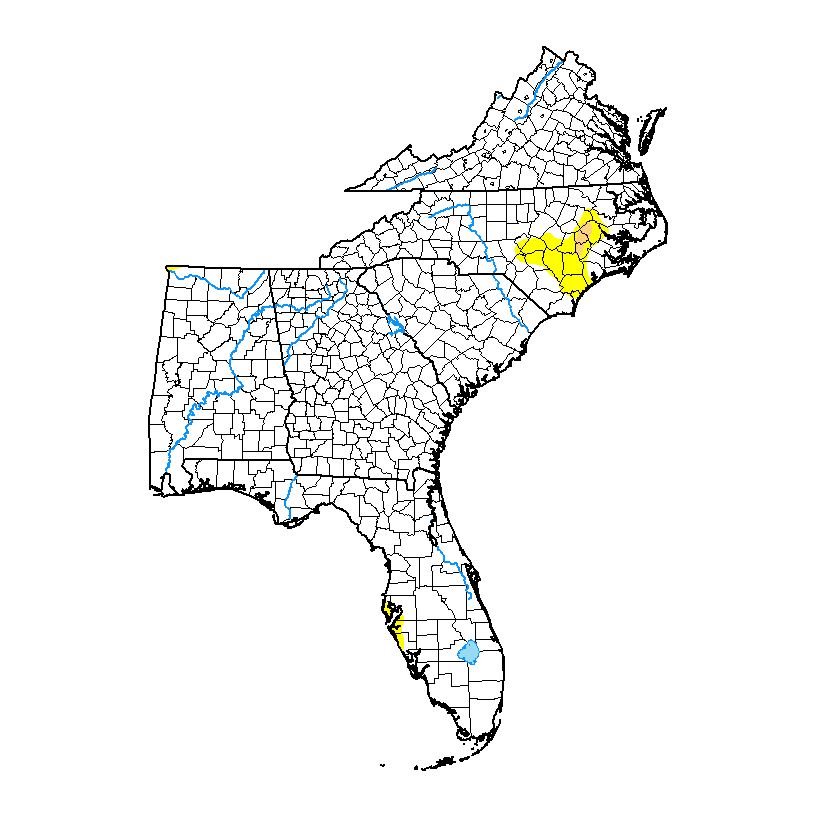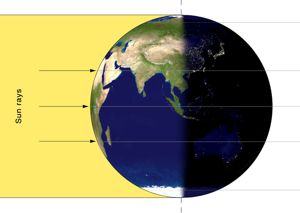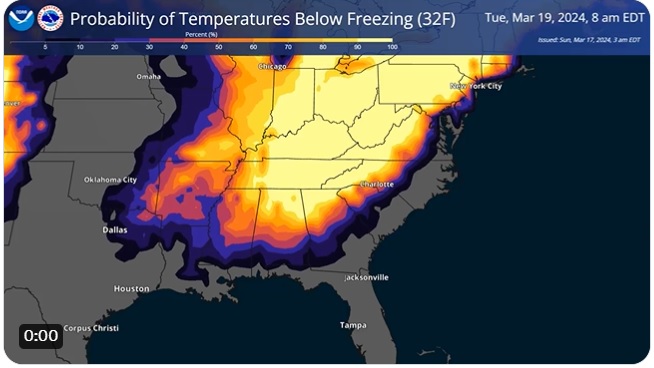-

According to a recent story from the National Weather Service, the waning El Nino has provided a lot of drought relief to the nation over the course of the winter, including parts of the Southeast. While many parts of the country benefited from the rain, drought expanded in the High Plains, especially Montana, North Dakota,…
-

The latest Drought Monitor, released this morning, shows that abnormally dry conditions were reduced in Puerto Rico and Alabama and are gone in South Carolina, Virginia, and Georgia, but expanded slightly in eastern North Carolina due to lack of rain and warm temperatures there. Since there will be quite a bit of rain across the…
Posted in: Drought -

Since we are approaching the end of March and corn is already popping up in South Georgia, it’s time to look at the likely weather conditions for the 2024 growing season. The big factors to consider this year are the rapidly weakening El Niño and predicted quick swing to La Niña, the rising temperatures around…
Posted in: Climate outlooks -

You might wonder why you don’t see a lot of birds during rain storms, unlike, say, cows, who don’t seem to care much unless it is a really hard or cold rain. The magazine Birds&Blossoms recently posted a story that described how birds look for shelter in the rain and how you can create more…
Posted in: Climate and Ag in the news -

As you know, climatologists start the spring season on March 1, but the astronomical spring (also known as vernal equinox) is associated with the relative locations of the Earth and sun and occurs later. The actual time of the start of astronomical spring this year occurs at 11:06 PM EDT. You can read more at…
-

We’ve been watching the long-range forecasts for colder weather for a while now, and it looks like there is a good chance of frost and freezing weather for the next three days, with the coldest weather occurring on the morning of Tuesday, March 19. Freezing weather occurs when the temperature drops below 32 F and…
-

The February global surface temperature was 2.52°F, making it the warmest February on record (since 1880) and the ninth consecutive month of record-high global temperatures. The December 2023 through February 2024 period was also the warmest on record. Sea ice coverage was the 4th lowest. Global tropical cyclone activity was above average, but only two…
Posted in: Climate summaries